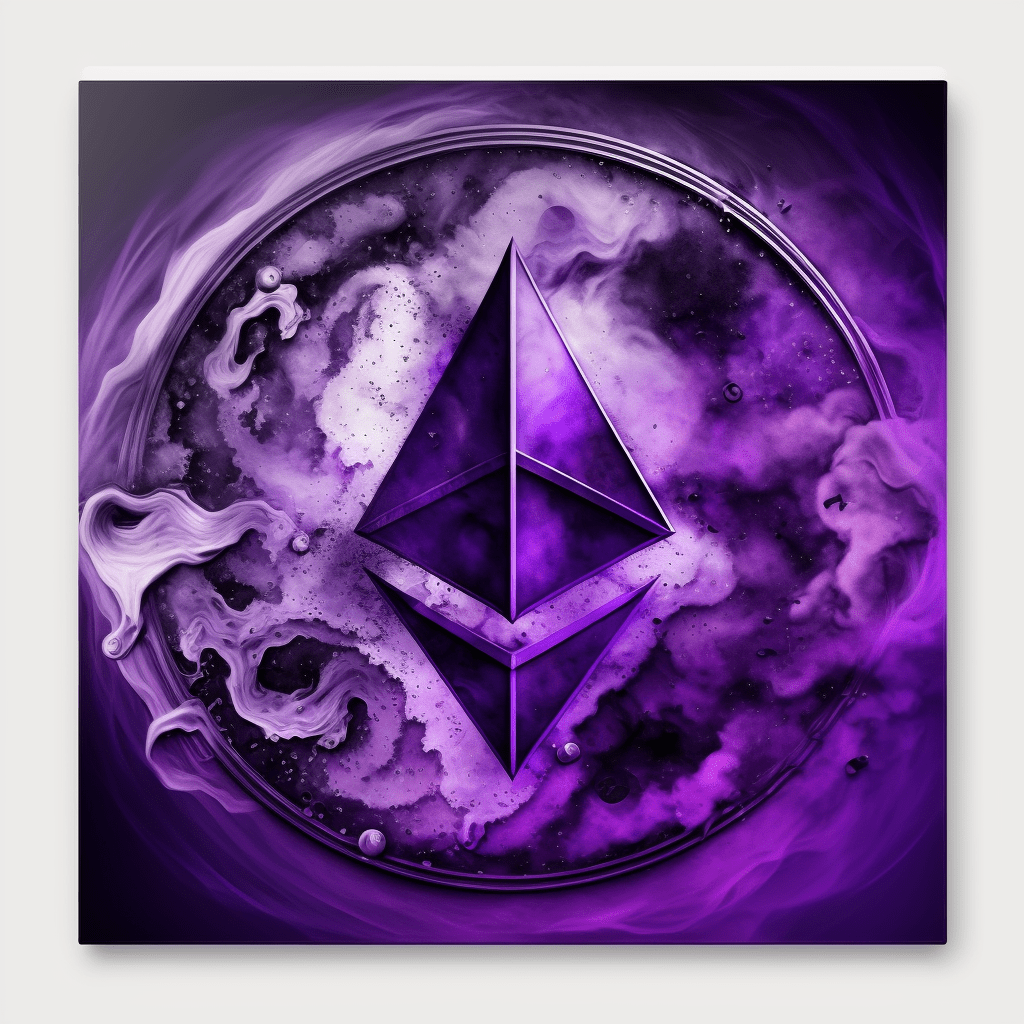The blockchain industry, and specifically the non-fungible token (NFT) market, has seen significant growth over the past few years. With the proliferation of NFTs, understanding the pricing models for minting these unique digital assets has become critical for artists, collectors, and investors. However, for those new to the crypto space, determining the actual cost of minting an NFT, “how much does it cost to mint an NFT”, can be a daunting task. This article aims to provide a comprehensive guide to navigating the pricing models for NFT minting.

Understanding the Basics of NFT Minting
Minting an NFT is the process of publishing a digital item on a blockchain. It’s similar to minting physical coins; you’re creating a new asset in a digital form. However, unlike traditional coin minting, NFT minting involves uploading digital content, like artwork, music, or videos, onto a blockchain platform, where it becomes a unique, non-reproducible token.
The cost of minting an NFT varies greatly and can be influenced by a variety of factors, from the specific blockchain platform used, to the current gas fees, and even the complexity of the digital asset being minted. However, these costs are usually encompassed in what’s known as the ‘minting fee.’
The Role of Gas Fees
One of the main factors influencing the cost of minting an NFT is the gas fee. This is essentially a transaction fee required by a blockchain network (like Ethereum, Binance Smart Chain, etc.) to process and validate a transaction. Gas fees fluctuate based on network congestion – when there are more people making transactions on the network, gas fees increase, and vice versa.
Ethereum, the most popular blockchain for minting NFTs, uses an auction system for its transaction fees. Users bid how much they’re willing to pay (in ‘gas’) to have their transaction processed faster. This can lead to high gas fees during peak times. This also means that the cost of minting an NFT can change from minute to minute, making it tricky to predict the exact cost.
The Pricing Models of Different NFT Minting Platforms

Different NFT platforms have different pricing structures for minting NFTs. Here are a few examples:
Ethereum-Based Platforms
Most NFTs are minted on Ethereum-based platforms, such as OpenSea, Rarible, and Mintable. These platforms have different pricing models:
OpenSea: OpenSea uses a ‘lazy minting’ or ‘gasless minting’ model. This means you don’t pay any gas fees until your NFT sells. The cost of minting is essentially built into the sale price of your NFT.
Rarible: Rarible charges gas fees for minting NFTs. However, the amount you’ll pay in gas fees depends on the Ethereum network’s congestion at the time of your transaction.
Mintable: Similar to OpenSea, Mintable also offers gasless minting. They allow users to create ‘gasless stores’, where they can mint and list items for free. However, Mintable does take a commission (2%) when the NFT sells.
Alternative Blockchains
While Ethereum is the most popular blockchain for NFTs, high gas fees have led to the exploration of alternative blockchains. Some popular alternatives include Binance Smart Chain (BSC), Flow, and Tezos, each having their own cost structures for minting NFTs:
Binance Smart Chain (BSC): BSC boasts lower transaction fees than Ethereum, making it an attractive option for those looking to mint NFTs at a
lower cost. Minting an NFT on BSC costs about 1-3 USD, depending on the complexity of the NFT and network congestion.
Flow: Flow is the blockchain that powers NBA Top Shot, one of the most popular NFT platforms. It offers a fixed transaction fee of 0.0001 FLOW for all transactions, making the cost of minting an NFT much more predictable.
Tezos: Tezos uses a proof-of-stake consensus model, which tends to be more energy-efficient and cost-effective. Platforms like Hic et Nunc allow you to mint NFTs on the Tezos blockchain for less than a dollar.
The Pricing Impact of NFT Complexity

The complexity of the NFT being minted can also influence the cost. A simple NFT, such as a digital image, will cost less to mint than a more complex NFT, like a piece of music or a video. That’s because more complex NFTs require more data to be written onto the blockchain, which in turn requires more gas to process.
Paying the Price for Rarity and Uniqueness
Finally, the uniqueness of an NFT can influence the minting cost. Unique, one-of-a-kind NFTs typically cost more to mint than NFTs that are part of a larger series. That’s because unique NFTs are inherently more valuable, which is reflected in the higher minting cost.
Wrapping Up the Discussion
In conclusion, determining the cost of minting an NFT isn’t as straightforward as one might think. It involves understanding the role of gas fees, choosing the right platform and blockchain for minting, considering the complexity of the NFT, and acknowledging the price of rarity and uniqueness. Understanding these variables can help potential NFT creators navigate the pricing models for NFT minting and make more informed decisions.
